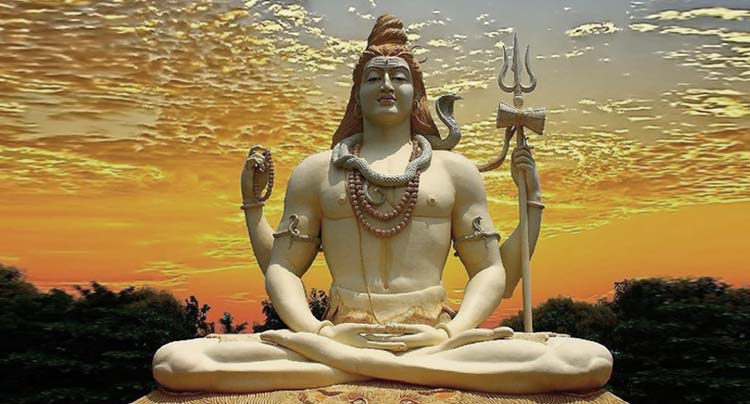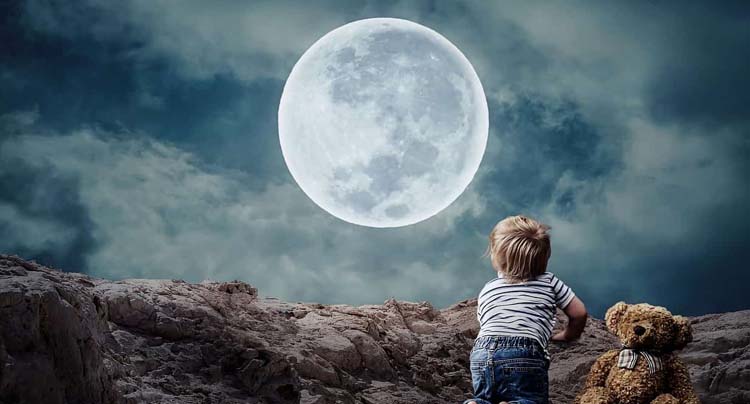Just in case you have ever wondered whether you are a Hindu, or taken for granted that you are a Hindu, or questioned the definition of a Hindu, you can get an answer in two minutes. You just have to visit one of the 4 or 5 temples in India or the Pashupatinath Temple in Kathmandu to get an instant answer. I have never considered myself to be a Hindu, but I was told in no uncertain terms at the Lingaraj Temple in Bhubaneshwar that I was a Hindu. Many, who have a doubt about being a Hindu, would have been proud with that categorical statement at the entrance of one of the most revered Hindu temples in India. I was a bit aghast that religion was being imposed upon me when in fact I had no religion!
In secular and liberal India, there are these temples that allow entrance only to ‘Hindus’ and this is a known fact mentioned in all travel guides. Last month I was on a trip to Orissa with a motley group that consisted of Indians, NRIs and foreigners. We were on our way to Konark for full moon meditation at the Sun Temple. Full moon at the sun temple sounds like a contradiction, but what a blissful, empowering contradiction (but that is a separate story)! We had to pass Bhubaneshwar and Puri to reach Konark, and since the Lingaraj Temple in Bhubaneshwar and the Jagannath Temple in Puri were listed in all our guide books as the top ‘sightseeing place’, we decided to stop by.
Having read that only Hindus are allowed entrance, some of the foreigners and NRIs were hesitant to even go near the temples. I had something else in mind, and convinced them to at least admire the architectural beauty from the outside (they are actually dirty and ugly!), and if we were fortunate (or unfortunate depending on your perspective!), the Gods may smile and make us all Hindus for a day! We reached the Lingaraj Temple, dutifully removed our shoes outside, and joined the long queue to enter. I lead the group followed by:
1. Sam (a NRI and non practicing Muslim who looks totally Indian),
2. Vijay (ex NRI now in Delhi, a self-professed Hindu) with his American wife Dolly (a Protestant converted to Hinduism and wearing a sari),
3. Himanshu and his wife Julie (non practicing Parsis living in Europe but speak Parsi accented Hindi),
4. Sonam (a practicing Sikh from Europe who can throw choice four letter words at you in Hindi but fairer and in her jeans looked more ‘foreigner’ than Dolly),
5. Michael aka Mohandas (from Lithuania who studies Sanskrit in Varanasi and teaches Sanskrit in Europe, in kurta pyjama, long hair, speaks chaste Hindi but clearly looks foreigner like Tom Alter speaking chaste Urdu) and
6. Elia (a Jew from Israel who looks totally Indian with pierced nose etc.) There were six others who were true non Hindu foreigners who would never have made it past the entrance even if the Gods were smiling, and therefore chose not to join the line.
I approached the 3 security type individuals (not sure whether they were cops) and was allowed to enter. Sam followed without any questions. Vijay was holding his wife’s hands, and one of the guys stopped Dolly and started talking to her in Hindi. Vijay intervened saying she was his wife and they were both Hindus. The guy said you may go but is your wife born a Hindu or Christian. Vijay replied she had converted to Hinduism to marry her. She was refused and they stood aside. Himanshu and Julie were very confusing for the 3 guys. They were also holding hands and looked as Indian as all Parsis and were conversing in Hindi with the guys. Names were asked, Himanshu sounded Indian and was allowed to go, but not his wife Julie. Sonam’s body language was such that the 3 guys dared not challenge her! She entered. Mohandas did not make it because he was speaking with them in such chaste Hindi that they doubted any Hindu could speak such perfect Hindi! Elia walked in.
I was waiting and watching and asked why Dolly and Mohandas had not been allowed. They said only Hindus are allowed. I said Dolly was a Hindu and that Mohandas was studying and teaching Sanskrit and perhaps he could speak with your priests. They replied, “converted and other such Hindus are not allowed”. I replied but you have allowed so many non-Hindus, so why not 2 more. I continued, “I am not a Hindu so why did you allow me”? I was told, “You look like a Hindu so you are allowed to go in” and they looked pointedly at the rudraksh mala in my neck and the red thread around my wrist. They insisted I go in! I then pointed out to Sam, Himanshu, Sonam and Elia and said, “but you have allowed a Muslim, a Parsi, a Sikh and a Jew to enter”. They were a bit taken aback and started giggling, ‘aap humse majak kar rahe hain, woh sab Hindu hain, Christian log aise nahin dikhte’! I pointed to Sam and said his real name is Salim and he is a Muslim, should I ask him to remove his pants so you can see? The 3 gatekeepers to the Hindu gods had no clue what I was talking about!
By this time, a large group had formed around us and it was quite a chaos. Needless to say, none of us (true Hindus or Hindu lookalikes or pseudo Hindus or non-Hindus) entered the Temple. There was a local journalist in the crowd who had watched everything, spoke with us, took some pictures, and apparently this ‘event’ was published in one of
the local newspapers. I have no doubt that this ‘event’ was a nonevent for almost anyone who may have read that piece, just as it was for the hundreds who were entering the Temple.
We repeated the same ‘event’ at the Jagannath Temple in Puri with almost identical results, except that Himanshu was also stopped in Puri. My previous similar experience was at the Pashupatinath Temple in Kathmandu where I was in a group of 200 primarily Indians and NRIs led by Swami Chidanand of Parmarth Niketan. We were on our way to
Kailash Mansarovar. There were about 10 ‘foreigners’ including Sadhvi Bhagwati who has been initiated by Swami Chidananda as his main disciple. She is an American Jew who wears saffron saris, can recite the Gita and gives discourses on Vedanta. All 10, including her, were not allowed inside the temple, even though she was with Swamiji, and he went inside the Temple with the group without her. Some of us protested and stayed behind. Later we asked Swamiji about this, and he had no clear answer.
I have been to 80 countries, visited numerous temples, mosques, churches, synagogues and other places of worship by various faiths and denominations. Not once have I encountered a place that is closed to people of other faiths, except for prayer times. India has yet one more unique distinction.


